Resting in the magnificent Great Rift Valley and presided over by the majestic Mount Kilimanjaro, Kenya is characterised by hauntingly beautiful natural landscapes of forested hills, patchwork farms, wooded savanna and vast forests brimming with an extraordinary abundance of wildlife. The nation’s diverse range of traditional African cultures is influenced by over 70 unique ethnic groups from the Maasai, Samburu, Kikuyu, and Turkana tribes to the Arabs and Indians that settled on the coast. Add to this: an exquisite tropical coastline fringed with breathtaking golden sand beaches; gorgeous coral gardens providing excellent snorkeling and diving opportunities; and a slew of lively beach resorts, and it is easy to see why so many visitors flock here from around the world to experience a truly unique African adventure in one of the world’s most pristine safari destinations.
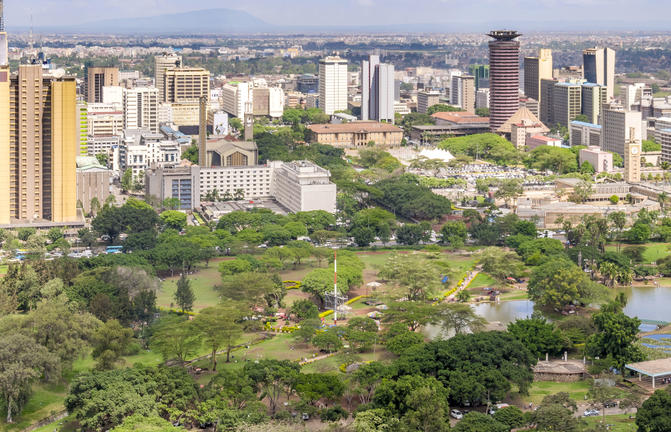
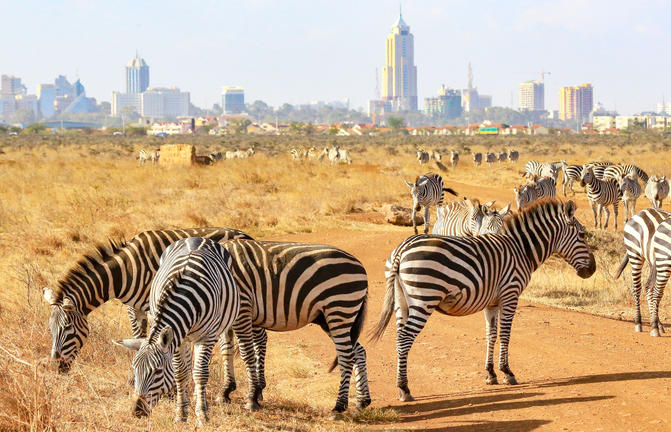

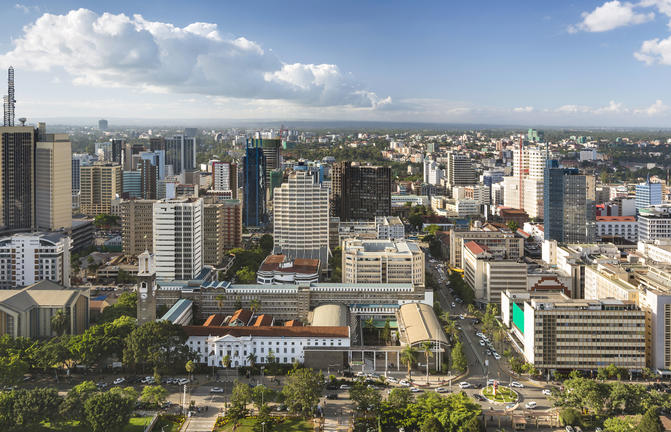
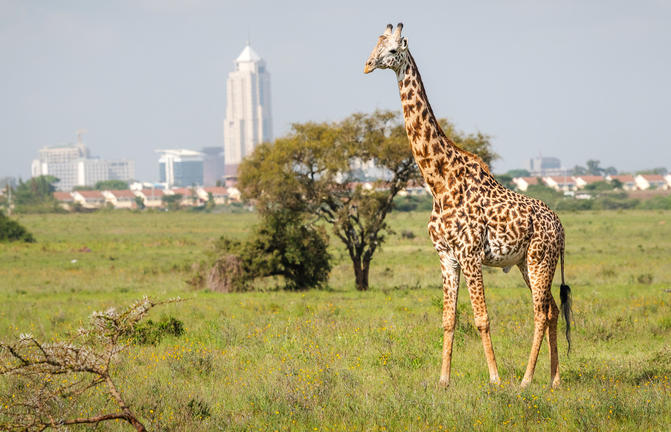
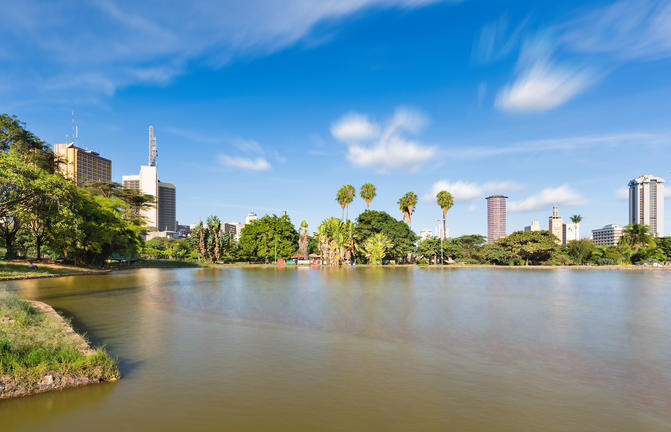

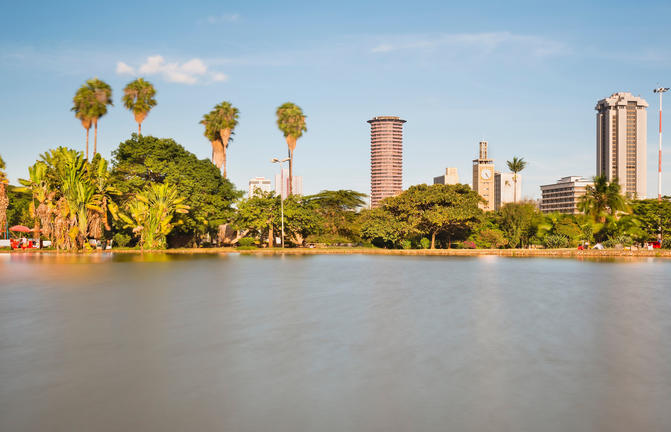
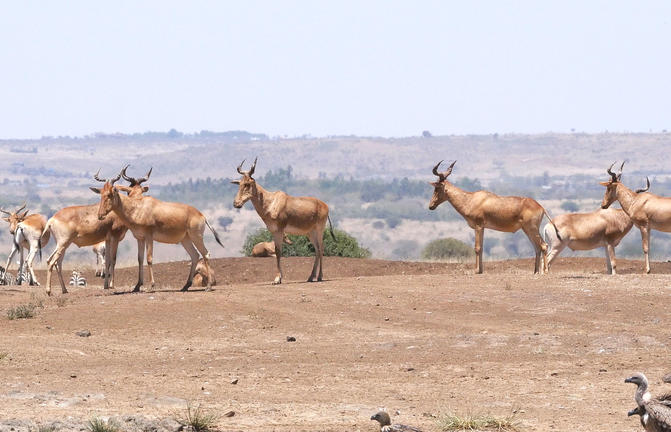
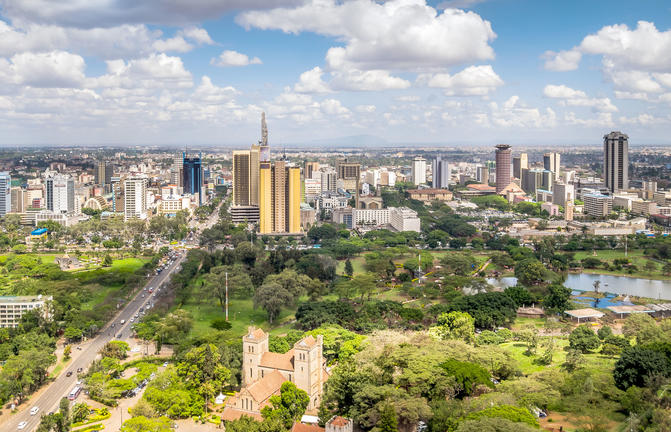
Situated along the Nairobi River in beautiful Kenya, the capital of Nairobi is East Africa's most cosmopolitan city. It serves as an excellent starting point for African safari trips around Kenya. Nairobi is Africa’s 4th largest city and is a vibrant and exciting place to be. There are some fascinating attractions: its cafe culture, unbridled nightlife, the National Museum, the Karen Blixen Museum and most notably, just 20 minutes from the city centre, wild lions and buffalo roam in the world’s only urban game reserve. Make sure you pay a visit to the elephant orphanage operated by the David Sheldrick Wildlife Trust for a once in a lifetime experience.
Situated in northern Kenya, Buffalo Springs National Reserve is a protected area in the Isiolo County. Buffalo Springs, along with Samburu and Shaba make up a trio of adjoining reserves. Buffalo Springs National Reserve features wildlife viewing, and is renowned for its magnificent leopard sightings. This is a remote, hot and arid landscape boasting rugged hills and undulating plains. Forming the boundary with Samburu National Park, the Ewaso Ngiro River runs through the terrain flanked by riverine forests. Visitors can look forward to spotting reticulated giraffe, the long necked gerenuk, Somali ostrich and Grevy's Zebra.












Located northeast of Nairobi, Kenya, the Aberdare National Park was created to protect the Aberdare Mountain Range, the peaks of which soar to 3930 metres. The landscape is characterised by steep forested slopes, expansive moors, and deep ravines scattered with cascading waterfalls, crystal-clear streams and rushing rivers. The park is inhabited by a variety of African wildlife such as: elephant, lion, spotted hyena, rhino, black leopard and the very elusive bongo antelope that lives in the high altitude bamboo forests. The park offers the perfect environment for picnics, camping in the moorlands, trout fishing in the rivers, and excellent bird watching with over 250 species of birds including hawks, eagles, sunbirds and plovers.
Nakuru is a fascinating city on the shores of western Kenya’s Lake Nakuru. The capital of Nakuru County located in the Great Rift Valley, about ten kilometres from the massive Menengai Crater. A hiking trail leads up to the rim of this ancient caldera, offering bird’s eye views over the lake and surrounds, and then plunges 400 metres down to the floor below, where visitors can walk among ancient forests. Lake Nakuru National Park, surrounding Nakuru, is home to exceptional birdlife, as well as over 50 varieties of mammals including lion, leopard, buffalo, zebra, giraffe, rhino, antelope and various primates. History and culture enthusiasts should make sure to visit the incredible Hyrax Hill prehistoric site.


















The Masai Mara together with Tanzania’s Serengeti form Africa’s most famous wildlife park, the Masai Mara National Reserve. The image of acacia trees dotting endless grass plains epitomises Africa for many, then add a Maasai warrior and some cattle to the picture and the conversation need go no further. The undeniable highlight of the Masai Mara National Reserve is undoubtedly the annual wildebeest migration traversing the vast plains of the Serengeti and the Masai Mara. It is known as the largest mass movement of land mammals on the planet – with more than a million animals following the rains. Large prides of lions, herds of elephants, as well as giraffes, gazelles and eland can also be spotted in the reserve. Aside from horse riding safaris and traditional vehicle safaris, hot-air ballooning over the Mara plains has become almost essential.

